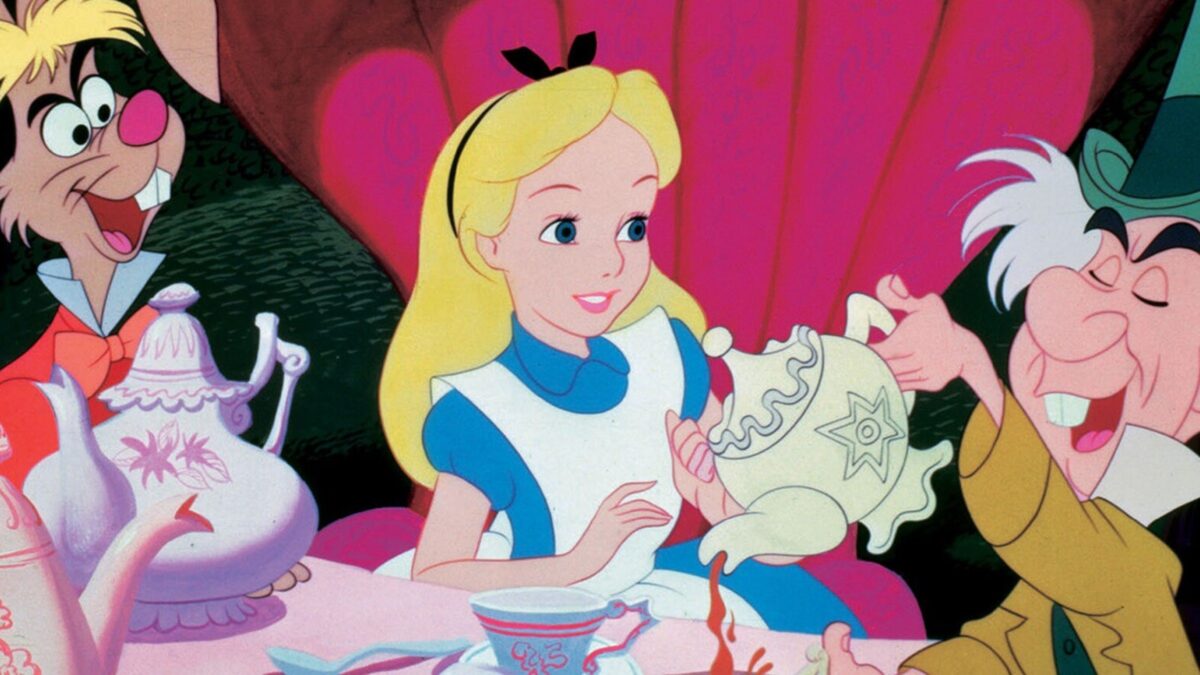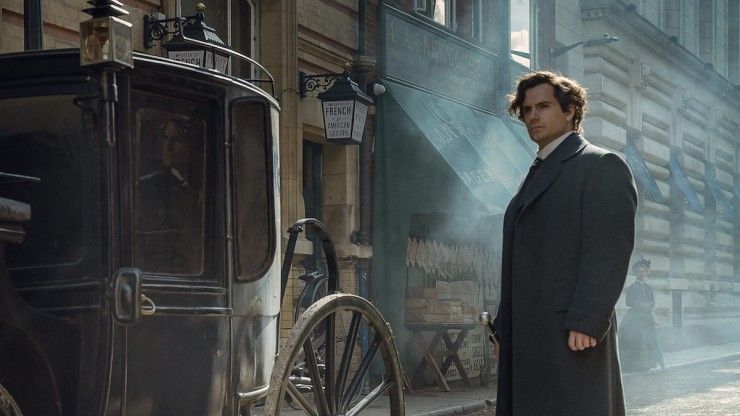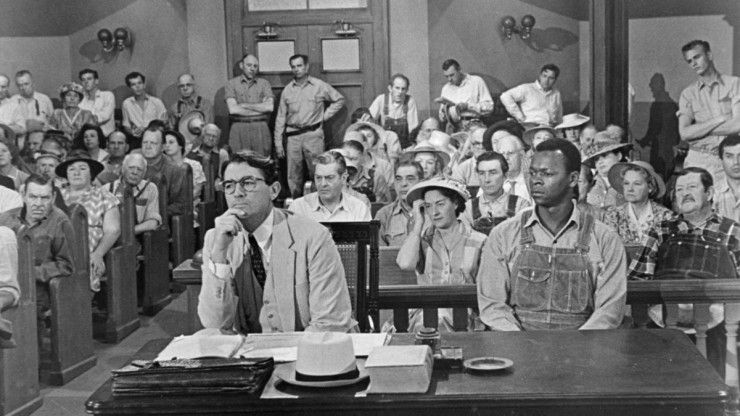
Sometimes a character exists to take us on a journey and nothing more.
It seems like every time someone wants to talk about storytelling or screenwriting, they always bring change up. Sure, some people want to see characters change and have tangible arcs, but what about the characters who exist just to take us on a trip?
We call them static characters and they are incredibly fun to write.
Static characters have long been the unsung heroes of storytelling, often overlooked due to their seemingly unchanging nature.
These characters remain consistent throughout the narrative, their traits, beliefs, and attitudes remaining steadfast despite the evolving plot.
However, their unchanging nature doesn’t make them any less significant. In fact, it’s their consistency that often enhances the narrative by providing a stable point of reference for the audience. Today, we’ll delve into the world of static characters, their role, significance, and how they contribute to the overall narrative.
Let’s dive in.
Static Character Definition
In storytelling, a static character is a fictional character who does not undergo significant internal changes or development throughout the course of a story. These characters typically maintain consistent traits, attitudes, and behaviors from the beginning to the end of the narrative.
Static characters serve various purposes within a story. They often provide stability or act as a foil to dynamic characters, who undergo substantial growth or transformation.
Static characters may serve as a source of comic relief, offer insight into the story’s theme or moral, or serve as a point of contrast to highlight the changes occurring in other characters.

Understanding the Essence of Static Characters
Now that you know the definition, it’s time to tap into the soul of the static character. Sure, a static character, fundamentally, is a character whose persona remains unaltered throughout the story but that being static doesn’t mean these characters are flat or one-dimensional; on the contrary, they can be quite complex.
A lot of times, their very existence is crucial to the story moving forward or for the writer taking advantage of the genre at hand.
They can also be a lot of fun to write, even though they might initially seem unexciting due to their unchanging nature. Their consistency often provides a stable foundation for the narrative, making them indispensable to storytelling.
And they make up some of the most popular characters of all time.

Differentiating Static Characters from Other Character Types
The storytelling and screenwriting world is teeming with a variety of character types, each with its unique traits and roles. Understanding how static characters differentiate from other types is crucial in comprehending their role in a narrative.
Static Characters vs. Dynamic Characters
The primary distinction between static and dynamic characters lies in their evolution (or lack thereof) throughout the story. While static characters stay the same, dynamic characters undergo significant internal changes or character arcs. A dynamic character’s transformation is often closely tied to the story’s central themes or conflicts.
Static Characters vs. Flat Characters
While static and flat characters might seem similar due to their unchanging nature, they serve different roles. A static character, despite remaining constant, can be multi-layered and complex. On the other hand, a flat character is typically one-dimensional, lacking depth and development.

Mastering the Art of Writing Engaging Static Characters
After learning all this, you might actually be intimidated to write a static character. But that shouldn’t be the case. In fact, I bet you’ve written some without even knowing it before. I know I have.
Writing an engaging static character requires a delicate balance. Despite their lack of change, these characters should still be well-rounded, with compelling backstories, relatable goals, and interesting character traits.
So how can you develop a great character?
5 Tips for Static Character Creation
Okay, static characters are just like other characters in your story. They still need some love and attention. But if you follow these tips it will be much easier to understand where they’re coming from and to make them not feel flat.
You do not need to do all this stuff, they are just suggestions to get your ideas flowing:
- Develop a well-rounded static character, complete with a compelling backstory, realistic goals, and relatable flaws.
- Give the static character a flaw that leads to their downfall when they refuse to change.
- Ensure your static characters play a crucial role in advancing the plot.
- Mirror some traits of your dynamic characters in your static ones. This contrast can effectively highlight the dynamic character’s transformation.
- Introduce another character who attempts (and fails) to change the static character. This refusal to change can lend a sense of purpose and confidence to your static character’s persona.

Examples of Static Characters in Film and TV and Literature
To better understand static characters and how you can riff on them, let’s take a look at some examples from literature and film:
- Sherlock Holmes from Sir Arthur Conan Doyle’s stories and movies and TV. He solves the crimes but I’m not sure we’ve ever seen them change him.
- Atticus Finch from Harper Lee’s To Kill a Mockingbird is a stand-up person whose points of view do not change within the story, but who helps us understand why the world has to change.
- Alice from Lewis Carroll’s Alice in Wonderland is a gal on a journey and an adventure that may not change her but who leads us to many fantastical places.
- Romeo and Juliet from Shakespeare’s Romeo and Juliet are two static characters who fall in love, while the world crumbles around them.
- Emperor Palpatine/The Emperor from Star Wars is a villain always hellbent on ruling the galaxy. Like many villains, he does not change but rather deepens his villainy with each new story.

The Impact and Significance of Static Characters
Hopefully, those examples showed you how these characters can carry a story. And also how they can be utilized in many different ways. Static characters, with their steady attributes and consistent behavior, provide a reliable point of reference for the audience.
They help underline the changes in dynamic characters and highlight the story’s central themes. Moreover, their constant nature can evoke a range of emotions in the readers or viewers, from admiration for their steadfastness to sympathy for their inability to change.

Summing Up The Definition and Examples of Static Characters in Screenwriting
While static characters might not undergo dramatic transformations, they play a crucial role in enhancing the narrative, supporting dynamic characters, and enriching the overall storytelling experience.
Whether they’re serving as the protagonist’s foil, driving the plot forward, or highlighting a story’s themes, their impact is undeniable. Therefore, mastering the art of crafting engaging static characters is a valuable skill for any writer.
Now go write one yourself!














